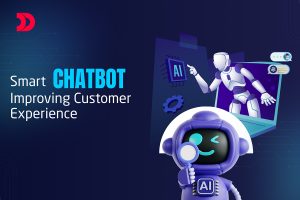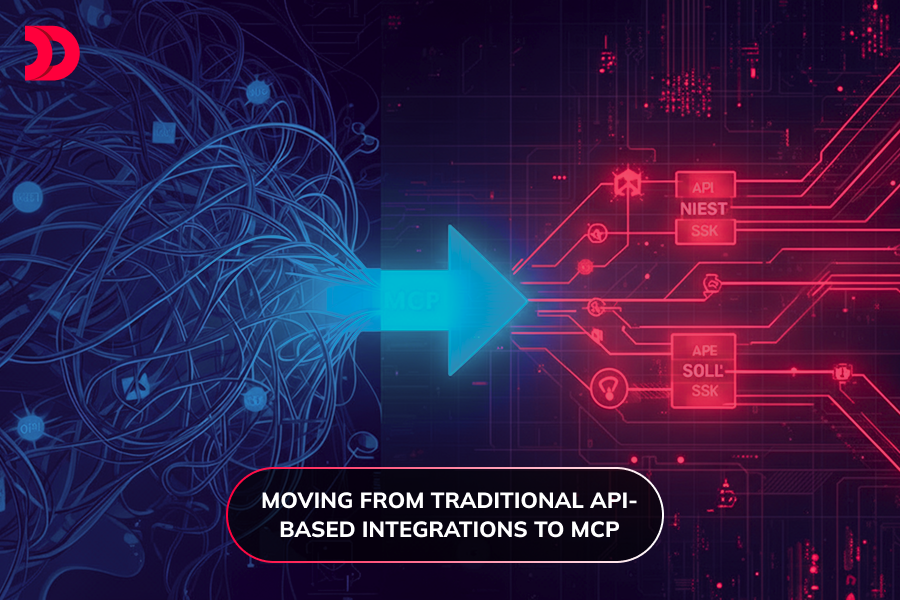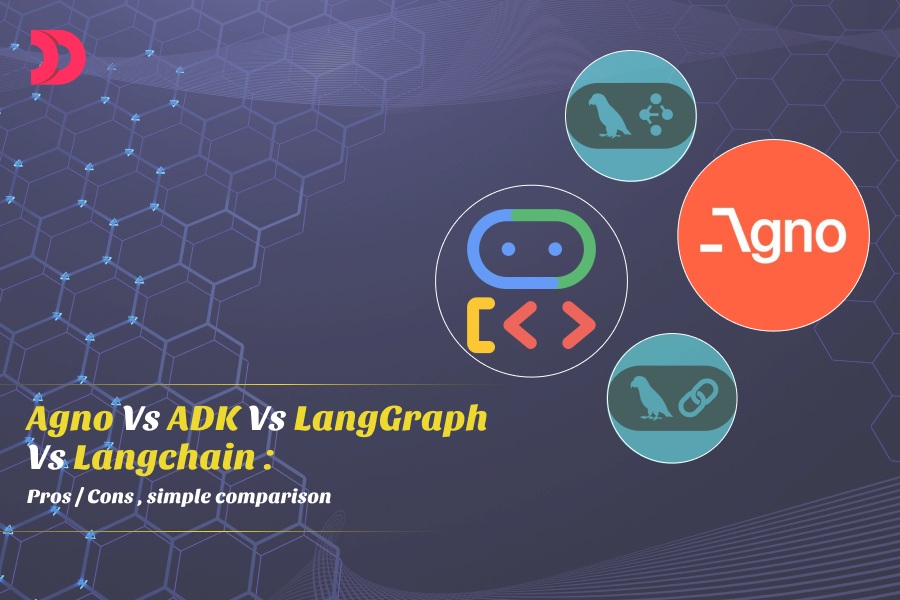Technology is transforming all businesses in the quickly changing digital age, and the insurance industry is no exception. Custom software development is being used by insurance businesses to improve customer experiences, expedite processes, and gain a competitive edge.
Insurance companies are increasingly using technology to improve customer experiences, optimise operations, and make data-driven choices. Adopting custom software solutions might have several advantages. Custom software is not only a choice, but a need for today’s progressive insurance companies.
This blog will explore the benefits of custom software development for insurance companies.
Advantages of Custom Software Development for Insurance:
Increased Automaticity and Efficiency
The capacity of custom insurance software to reduce difficult and time-consuming procedures is one of its main benefits. Custom software solutions can automate routine activities, lowering errors and manual labour, from policy issuance to claims processing. Improved accuracy, quicker turnaround times, and substantial cost savings are the results of this increased efficiency.
By reallocating human resources to more strategically oriented duties, insurers can increase productivity and free up staff members to concentrate on offering first-rate customer service.
Customized experiences for customers
In the insurance business, client satisfaction is essential. Insurance companies can create simple-to-use user experiences for brokers, agents, and policyholders with the use of custom software solutions.
Customers can easily obtain policy information and submit claims. They can also manage their accounts with the use of self-service sites, mobile applications, and user-friendly interfaces. Higher client retention rates and greater customer connections are fostered by this increased accessibility and convenience.
Evaluation of Risk and Underwriting
Insurance experts can assess risks more correctly with the use of sophisticated underwriting tools that are integrated into Custom Insurance Software Development. These tools generate judgments about premium pricing and policy acceptance based on data analytics, historical data, and predictive modelling.
With the right information and resources at their disposal, underwriters can conduct well-informed risk assessments and produce more profitable underwriting results thanks to custom software.
Simplifying Processes
Time is money when it comes to insurance, especially in the fast-paced business of today. Custom software solutions have the potential to automate numerous administrative processes that take up a significant amount of time for staff.
From claim processing to underwriting, custom insurance software is made to optimize workflow, boost productivity, and save costs.
Making decisions based on data
The objective of custom insurance software solutions is to gather, process, and display data in an understandable manner. Insurance companies can obtain important insights into their business operations, client behaviour, and industry trends by utilizing data analytics and reporting solutions.
With the help of this data-driven strategy, businesses can make well-informed decisions that enable them to modify their business plans, start focused marketing efforts, and spot new growth prospects.
Security and compliance with regulations
There are strict regulations governing the insurance sector, and compliance is mandatory. To protect sensitive client information, secure authentication procedures, compliance audits, and data encryption can all be included in custom insurance software.
These strong security protocols reduce the risks associated with non-compliance and data breaches while assisting insurers in adhering to industry rules.
Adaptability and Expandability
The constraints of off-the-shelf software solutions might not be compatible with the particular requirements of an insurance company. Conversely, custom software is easily scaleable as the firm expands and is designed to meet unique needs.
Because of its versatility, the software will always be useful and relevant, avoiding the need for pricey replacements or major changes.
Enhanced Processing of Claims
An essential component of the insurance industry is claims handling. From initial submission to final payout, the claims process can be streamlined and accelerated with custom software.
Efficient collaboration between claims adjusters, policyholders, and other stakeholders is facilitated by automated workflows, document management systems, and real-time communication technologies. As a result, claims are resolved more quickly, customers are happier, and operating expenses are decreased.
A competitive edge
In a competitive market, it is critical to stand out. Insurance companies can benefit greatly from custom insurance software’s distinctive features, enhanced customer support, and cutting-edge technologies.
A well-thought-out software program may set a business apart from its rivals, draw in new clients, and keep hold of current ones.
Bottom line:
In the insurance sector, custom insurance software development is a revolutionary force that is changing how businesses function, engage with clients, and accomplish goals. If you want to have such Custom Software Development for your needs, then get in touch with us now.

 Nov 04, 2025
Nov 04, 2025 
 190 Views
190 Views











